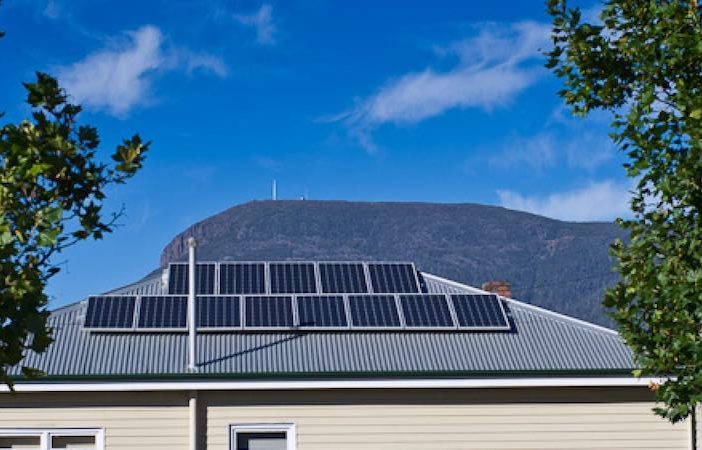
Tasmania has become the latest National Electricity Market state to raise the rate households are paid for the rooftop solar they send to the grid, in response to the fossil fuel driven hike in wholesale electricity prices up and down Australia’s east coast.
In a notice published late last week, the Tasmanian Economic Regulator set the rooftop solar feed-in tariff for the 2022-2023 financial year to a minimum rate of 8.8c/kWh, up from the rate of 6.5c/kWh in 2021-22.
“The 2022-23 feed-in tariff rate is 37 per cent higher than the 2021-22 rate,” the statement said. “The higher rate is due to an increase in the wholesale electricity price (WEP) determined by the Regulator for 2022-23 in accordance with the methodology set out in the Standing Offer Price Approval Guideline.”
Unlike in many other NEM states, where FiT rates acts as recommended benchmarks, retailers operating in Tasmania are required to pay the regulated minimum feed-in tariff to customers for electricity exported to the grid from qualifying electricity generating systems.
That said, the FiT in Tasmania has, historically, been set fairly low compared to other states, reaching a low of 6.05c/kWh in the 2015-16 financial year.
The boost the Tassie solar FiT this year follows in the same direction most pricing regulators in NEM states have taken, in light of the current energy crisis that is driving up power costs for consumers.
New South Wales solar households can expect to see an almost doubling of some feed-in tariffs offered by retailers in the state, after the pricing regulator raised its guidance for rooftop solar exports to between 6.2-10.4c/kWh.
The NSW Independent Pricing and Regulatory Tribunal, or IPART, said in its decision that it had set the higher benchmark for the 2022-23 solar FiT – up from between 4.6-5.5c/kWh in 2021-22 – due to the fossil fuel-driven jump in wholesale power prices.
The Queensland Competition Authority published its determination for 2022-23 at the start of the month, setting the rate at 9.3c/kWh, up from 6.5c/kWh in 2021-22 – a change it says will save about 150,000 customers up to $200 a year on their soon to be inflated power costs.
The notable exception is Victoria, however, which had its 2022-23 solar FiT set by the state’s Essential Services Commission all the way back in February at 5.2c/kWh starting 1 July 2022 – “due to a forecast decrease in daytime wholesale electricity prices for 2022-23.” Oops.

Sophie is editor of One Step Off The Grid and deputy editor of its sister site, Renew Economy. Sophie has been writing about clean energy for more than a decade.



